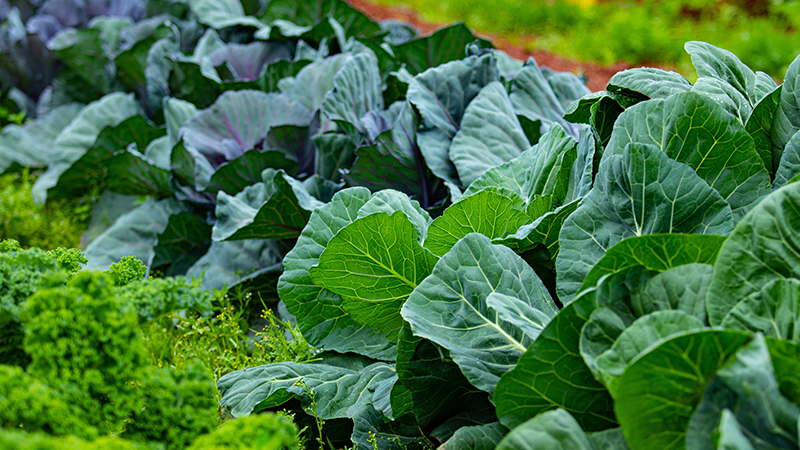Why Farmers Need To Meet Tech Companies Halfway
Many of you will find farm labor near-impossible to obtain at some point in the coming years. We are constantly looking to farm technology because we believe that’s where the solutions lie to this vexing problem, and we want to help. We listen to you about your problems, and we attend trade shows, etc. talking to folks from the technological developers who are trying to supply you answers.
It’s clear many of you don’t think some of the companies are sufficiently focused on your needs. That’s definitely changing. The tenor of the presentations I hear from high-tech equipment providers increasingly begins with a focus on the grower. It seems to me there is a renewed sense among these companies that they need to make more of an effort to meet you at least halfway if they are going to really understand your problems and provide you answers.
Look no further than the story “The Future of AI in Agriculture” written by Jan Johnson of Millennium Research. She notes that Founder and CEO Gabe Sibley of Verdant Robotics says growers want simple solutions that make their lives easier and their farms more profitable. He also touched on one particular complaint I’ve heard many times over the past several years, that tech provides a lot of data but no way to use it.
“We took about six months on the road talking with growers who said, ‘Do not give us more data, we have too much data. Tell us what to do with it, or better yet, go do it,’” Sibley says. “You have to perform an action that delivers. You actually have to do the work, not give them data or say this is going to be great one day, just go do a job. So that’s what we are delivering — automated weed control in specialty crops.”
I can’t tell you how refreshing it was to read Sibley’s statements. Even more encouraging, especially as the example pertains to fruit, Johnson cites the comments of Omar Gomez, Washington Lead Executive for Hectre. His company’s technology, which you may have read about in American Fruit Grower last year, allows growers or fieldmen to take a picture of the top layer of apples in a bin, and the artificial intelligence (AI) in the app predicts the sizes and distribution of all apples within the bin.
“So then when Walmart calls you and says, ‘I want this specific size,’ you can say, ‘I know I can fill that order’ because of the accuracy and the inventory management software,” Gomez says. “Ultimately that increases the bottom line for the grower, and the relationship between the wholesaler and the shipper is strong. So that’s what we’re seeing: the great value back for our customer at the moment.”
Increasing your bottom line is obviously vital, but the solutions are so complex, I believe it will take close relationships between tech companies and growers. Sibley says that may be the means for the tech to really take off.
“The most important reason to partner is because right now it’s like the 1950s, and we just invented the transistor,” Sibley says. “The value we’re going to find, when we really digitize and have these machines out there doing this work, is yet to be discovered. And we get to do that collaboratively with the grower and accelerate that discovery by being there, boots on the ground, working shoulder to shoulder with them. They’re pulling us to do that collaboration.”
Meet these tech companies and partner with as many as you can. You’ve got to prepare for the day when the workers don’t return.









